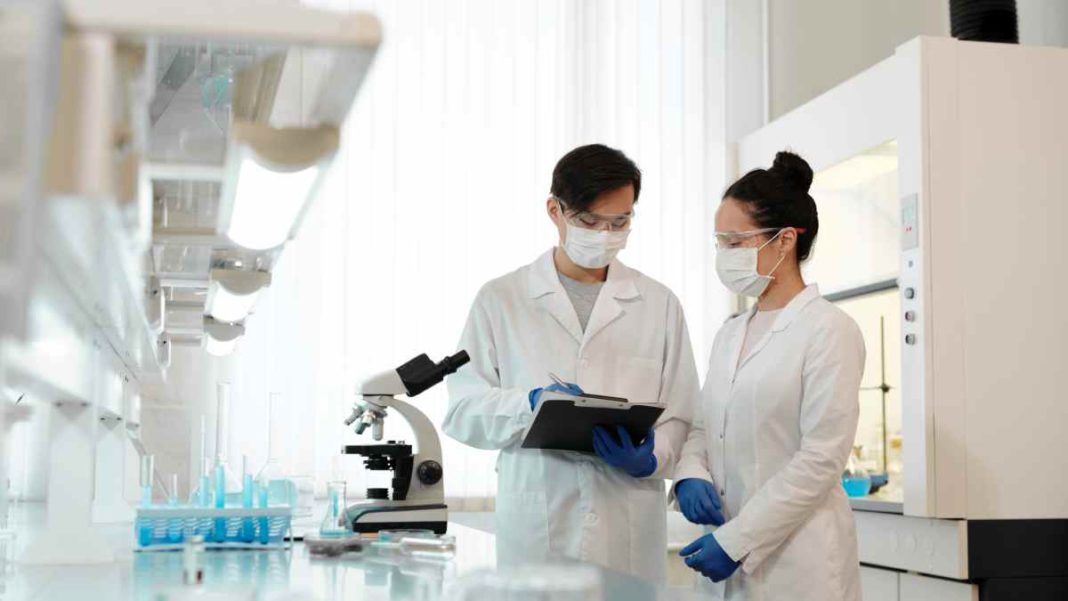CHINA: Chinese researchers have reportedly created a cutting-edge “artificial liver” that operates outside the human body. This stem cell-based innovation aims to provide critical support to patients with compromised livers, potentially eliminating the immediate need for liver transplants, which are often hindered by donor shortages and other limitations.
A beacon of hope for liver failure patients
Liver failure is a dire medical condition that poses significant challenges to both patients and healthcare providers. Currently, liver transplantation stands as the sole effective treatment option, but it comes with numerous obstacles, including a scarcity of available donor organs, complex surgical procedures, high costs, and the necessity for lifelong immunosuppressant medications.
The newly developed stem cell-based artificial liver offers a ray of hope for those afflicted with liver failure. This innovative device operates externally to the human body and performs essential liver functions, such as detoxification and protein synthesis, which are vital for maintaining overall health.
The fascinating mechanism
The mechanism behind this remarkable medical breakthrough is both fascinating and innovative. Blood from the patient flows through a specially designed bioreactor system, where a hollow fiber membrane is employed to cultivate stem cells and produce necessary substances.
These cultivated substances are then introduced back into the patient’s bloodstream, aiding in the regeneration of liver tissue and suppressing liver damage caused by inflammation. While similar membranes have been utilized in various medical processes, this marks the first instance of their use in culturing stem cells.
Promising results in animal models
Initial trials in animal models, including pigs and monkeys, have yielded remarkably promising results. Gao Yi, the executive director of the Translational Medicine Centre at Zhujiang Hospital of Southern Medical University in Guangdong province, stated, “In animal models involving pigs and monkeys, we observed that our method increased the survival rate from 17 percent, as seen with conventional treatments, to an astounding 87.5 percent.”
Addressing China’s liver failure crisis
China, a country with a high prevalence of liver failure, reports between 500,000 and 1 million newly diagnosed cases every year. Despite the staggering number of cases, conventional treatments offer limited management options, leaving patients with few alternatives. The stem cell-based artificial liver provides a glimmer of hope for those in desperate need of a solution.
Future prospects
While this groundbreaking technology is generating significant excitement, it’s essential to note that clinical trials are required to determine its safety and effectiveness in human patients. The timeline for when this treatment might become widely accessible to the public hinges on the outcomes of these trials.
The concept of artificial livers has been explored since the 1950s, with bio-artificial liver research gaining momentum in the 1980s. This innovation aims to mimic the comprehensive functions of natural livers, potentially transforming the landscape of liver failure treatment.
Several biotech companies, both within China and on the international stage, are actively exploring bio-artificial liver technologies, further emphasizing the growing interest and potential for progress in this field.
Also Read: Investigation Launched into Chinese Defense Minister Over Corrupt Procurement



